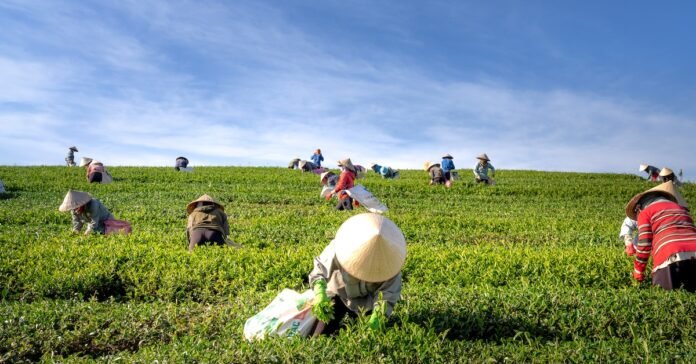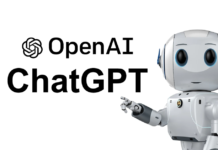
The modern technology has impacted our lives in many ways. Now the relatively new branch of computer science Artificial Intelligence (AI) is playing a very important role to make our lives easier. The goal of AI is to mimic the human brain and to create systems that can work intelligently and independently. Today, we can see AI being used in healthcare, banking, and finance etc.
Artificial Intelligence’s History
Alan Turing was the first person to come up with the idea “Can machines think like humans?”. In 1951 the first AI based program was written and in 1955 the first self-learning AI chess game was created. Eventually, it achieved sufficient skills to defeat a professional chess champion. Since then, the field of AI is progressing.
Necessity of AI in Agriculture
The most important question that rises why AI is significant for the agriculture sector. Most of us aware of the high demand of food. Now and then we watch news about young African people dying due to lack of food. According to the UN Food and Agriculture Organization also known as FAO, the global population will increase to 9.2 billion by the year 2050. So, we will have to feed more than 2 billion people within the next 30 years. To achieve this, we have to make our farming more efficient by using less resources. There is a major reason why we should be focussing on using less resources e.g. the amount of water that is available to us grow vegetables and fruits is decreasing at an alarming rate. Today, we are using 70% of our water on agriculture.
According to an IBM research we are losing around 90% of our crops due to bad weather conditions and this could be decreased by 25% by using AI. Moreover, due to increasing population the demand of housing is also increasing and that is why a large amount of fertile land has been converted into construction sites. Another important issue that we are facing in agriculture sector is desertification. Desertification means that a fertile land becomes barren mainly due to bad weather conditions or excess use of fertilizers or low ground water level and it cannot be used for farming. This also means that the amount of land that is available to us to grow plants is also reducing. According to a study, nearly 33% of the world’s high-quality food producing land has been lost.
AI Robots and Tractors
Many companies are providing different types of drones. Farmers can pre-program the drone’s route and then they are used to take images which are sent to the company for analysis. Many farmers are also using AI tractors which are based on very sophisticated software. Moreover, they have sensors, radars and GPS system which allows them to operate as a driverless tractor.
Smart Weed Killing Robots
As the name suggests, the main purpose of smart weed killing robot is to control the growth of different types of weeds. According to a research conducted by the Weed Science Society of America an estimated 250 species of weeds have become resistant to herbicides. Only because of the uncontrolled growth of weeds in America the farmers are bearing annual losses of around $43 billion. With the help of smart weed killing robots the farmers do not have to use herbicides on entire fields. Smart weed killing robots use AI and cameras to kill weeds by using herbicides only where it is needed.
Automated Irrigation Systems
Farmers are also using automated irrigation systems. This helps in reducing production costs and makes the industry more sustainable and increases competition in the market. It minimizes the environmental impacts caused by the excess water supplied to the fields. It maintains a desired soil water range in the root zone that is optimal for the plant’s growth. The biggest advantage that automated irrigation systems have is that it saves a lot of water as compared to traditional irrigation systems.
Crop and Soil Monitoring
Different companies also provide software-based solutions for crop and soil monitoring. It can either be app based or the farmers have to submit a sample of their soil and then they get a detailed analysis report. The report helps in identifying deficiencies present in the soil.
Predictive Analysis
Many companies also provide their users with agronomic data on daily basis. The companies use machine learning algorithms with satellites to predict weather analyse crop sustainability and evaluate farms for the presence of diseases or pests. The agronomic data consists of temperature, precipitation, wind speed and solar radiation.
In short, AI is very efficacious in the agriculture industry because it increases the production and efficiency. It also solves the problem of lack of resources and will help in feeding too many people. In other words, it will make the work easier for the farmers and will increase the outcome with less effort.









